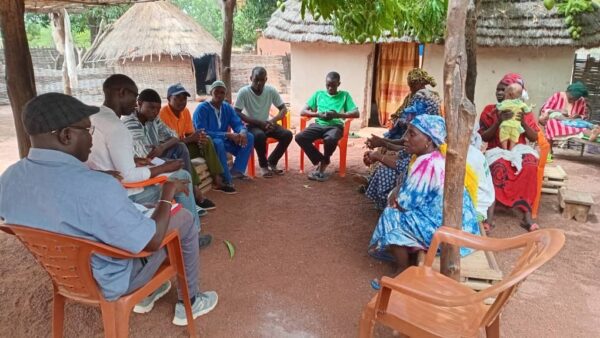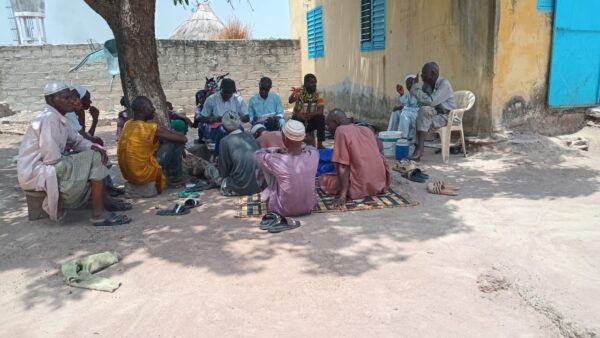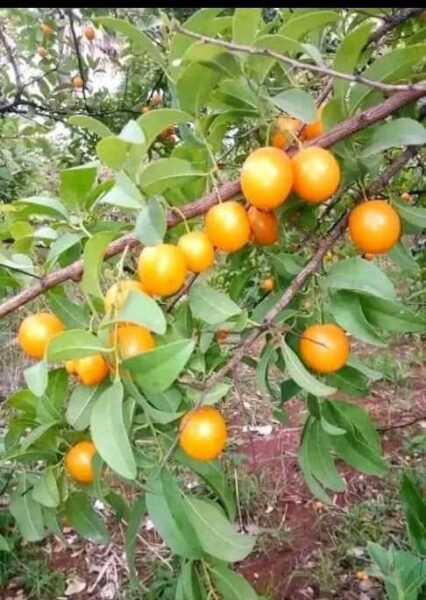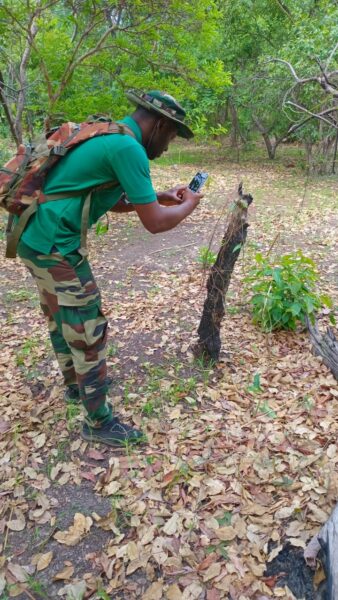Across Africa’s savannahs, rapid population growth, agricultural expansion, and resource degradation are putting increasing pressure on the natural ecosystems that sustain rural livelihoods and economies. The Biodiversity Mapping in Transfrontier Savannahs of Senegal and Chad project designed by grantee SOS SAHEL, empowers community leaders in eastern Senegal and central Chad to monitor and protect biodiversity within these critical transboundary areas. Leveraging online data platforms, these leaders are mapping vital plant species in biodiverse territories and helping communities better understand and address the threats to their natural heritage. The SOS SAHEL team checks in six months since the start of the project with the following field report.
=======================================
In May, the SOS SAHEL team carried out a community outreach mission in the communes of Oubadji (Kédougou) and Linkéring (Kolda), as part of the Biodiversity Mapping Project in Transboundary Buffer Zones, funded by the JRS Foundation. The goal of this initiative is to raise awareness about environmental degradation and to train approximately 40 local residents in identifying and monitoring sensitive and useful plant species near Niokolo Koba National Park.

Over the course of ten days, the team visited eleven villages, meeting with local authorities, village leaders, and community members to present the project, build support, and identify potential participants for the training sessions. Meetings were also held with park officials and forestry services to ensure coordination and foster collaboration.

The mission was met with strong community engagement. Each village contributed by identifying plant species of ecological and cultural importance, resulting in the selection of 53 species in Oubadji and 54 in Linkéring, with a particular emphasis on plants used locally for food and traditional medicine by villagers.



The first floral data collection training began in late June, ahead of the rainy season, allowing participants to collect and share real-time data using the iNaturalist platform to allow for quick open access to the species occurence data. A follow-up session is planned for November to reinforce data collection and continue species monitoring and data publication.
=================================
Read more about the Biodiversity Mapping in Transfrontier Savannahs of Senegal and Chad project here.

